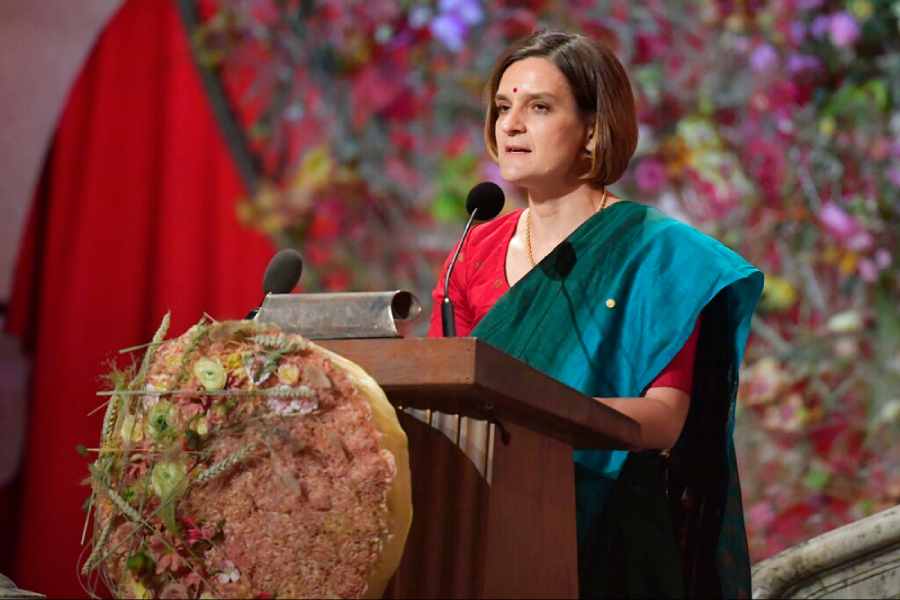The poor should know about the economics of poverty. This is what the economist, Esther Duflo, believes, but she did not stop there. She also wrote for children. Her Poor Economics for Kids is about poverty and its economy; its readers are children and young people. In a recent interview, Ms Duflo said that everyone should know about poverty, so the writing should be such as to allow readers outside her field to follow the discussion. Children absorb the subject best because they are open-minded, eager to learn new things and quick on the uptake. The economist’s unusual idea was prompted by the fact that there are few discussions about poverty for younger children.
The author accords children a respect rare in Indian society. Going by her perception, the value of the book does not lie in what it ‘says’ alone. The ‘story’ of poverty must reach youngsters so that they can think about it and, more important, search for possible solutions. They need the intellectual stimulus to seek ways out of it: so far, being poor has often come across as an unfortunate or unpleasant condition. This is a different approach: Poor Economics for Kids assumes children’s agency, spurring them on to exercise their imagination to defeat a major form of worldwide suffering. All of them, rich and poor, can read the book. That makes its purpose both unflinching and humane: laying bare the scaffolding of inequalities that are experienced but never explained while creating awareness, sensitiveness, compassion and positive thinking. It is being published in different languages with slight modifications. The English book is for teenagers, with a discussion at the end of each chapter meant for them, while the French one is for little children, the concluding remarks meant for their adult guardians. It communicates through stories, for that became the best means of illuminating experience since ancient people sat around their fires and literature was born. The Bengali book has just stories, without concluding remarks. ‘The poor’ in the tales are not a homogenous mass as in most economics books, but are different persons — shy or voluble, angry or funny, brave or timid. But they are all poor, and they all share the imagination to find ways out of poverty.
Such a book could be a unique step towards learning, thinking and action. But for it to be effective in India, children from underprivileged backgrounds must have access to it in the first place. Their imagination alone will not suffice in a country where the sharp inequalities in standards of schooling and learning make a level field elusive, even intellectually. Some enabling changes must come from governments; youthful innovations and ambitions need space and security to grow. Unemployment, job losses, migrations in search of jobs all make up the enormous odds against which youngsters must fight. But positivity through reading can always be a powerful tool in this struggle.











